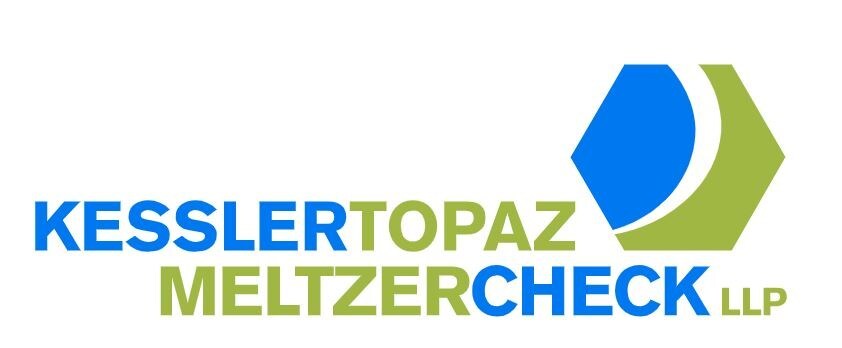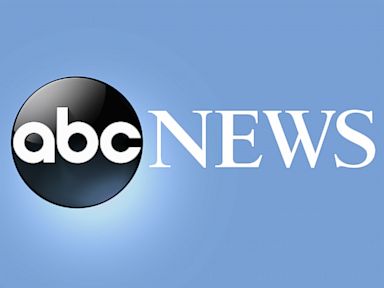A few weeks ago, the council authorized “by emergency” a $66 million dollar bond issue to cover (some of) the remaining costs of its attempts to protect downstream properties when South Boulder Creek floods again. SBC has had major floods in the past, including in 1893, 1934 and 1969.The City has a map of what buildings would and would not be “protected” by the proposed Phase 1 dam from a “100-year” flood.
It shows that, in spite of the dam, a huge number of buildings will still be vulnerable to SBC flooding.Buildings/Removed Buildings in the S. Boulder Creek 100yr Floodplain proposed Project.

(Photo credit / The City of Boulder)The Phase 2 and Phase 3 projects that are supposed to protect these buildings are not yet defined nor are there cost numbers, that I can find. Additionally, there is flooding from other sources, like Viele Channel and Anderson Ditch, that the dam won’t control at all. Also, I’ve been told that the City has none of the necessary regulatory body approvals for the dam.
It’s possible that these may force design changes that will further increase costs.Related to Phase 1’s cost numbers, my rejected request for the RJH Consultants 90% design study under the Colorado Open Records Act is now going to district court. We’ll see if this report continues to stay buried.
The council’s passage of the bond authorization “by emergency” was bizarre. The city announced that they would be considering it weeks ahead of time, so it was hardly an emergency. Also, I checked with one of our neighboring cities, and they use the standard process of two hearings, with public comment, just as we did when I was on the council.
Had the council allowed a hearing, they might have heard that the Boulder Revised Code says that the money that they intend to use to pay off the bonds is coming from fees assessed against the impervious surface of lots within the city. Such fees are only legitimate when they pay for flood improvements to protect against the runoff that these lots create.The basic tests for fees are (1) that there is a “rational nexus” between what the fees are being charged for and what they’re being spent on, and (2) that the fees are “roughly proportional,” meaning that the fees are reasonably related to the size of the costs imposed or the benefits obtained.
Fees based on impervious surface would be reasonable in the case of e.g. flood improvements on Goose Creek, which is entirely within the city boundaries, or possibly OK for some of the other tributaries which are mostly within the city.
But South Boulder Creek’s 100+ square mile watershed is entirely outside of the city boundaries, other than some lots along the city’s southern border. So, there doesn’t appear to be a legal basis for charging people fees whose land is not contributing to the problem, and who are not obtaining any benefit from the improvements.An interesting detail is that BRC 40-20-45 specified that people with “detached residences” should be charged based on total lot area, while others are charged based only on “impervious area.
” But the people I checked with who had “detached residences” were universally charged using “impervious area.”The much bigger issue is that alternatives to the U.S.
36/Table Mesa dam were never seriously explored. For example, building levees and ponds upstream on the south part of the CU South land would likely be much cheaper and could potentially capture more water, and without the absurd lined detention pond required by the current plan. The more water that is captured, the bigger the flood that can be detained.
Also, these ponds, I believe, would drain directly back into SBC, avoiding tunneling under U.S. 36.
CU also might be better off, both in terms of using the land and for doing the right thing.Alternatively, spending the money on floodproofing the at-risk buildings might end up being both cheaper and more protective, since it addresses water coming from all sources, including those that the dam doesn’t catch, and from larger than “100-year” floods. From my reading of the city’s work, they never did a serious quantitative evaluation.
If I were on the council now, I would insist in the strongest possible terms that the city not issue the bonds prematurely. Instead, the council should institute a completely independent third-party review of these alternatives, with participation and supervision by Boulder’s (and CU’s) citizen experts. Let’s find out what provides real security for Boulder, based on accurate, verifiable and complete data and analyses.
Then let the people vote on it.Steve Pomerance is a former member of the Boulder City Council. Email stevepomerance@yahoo.
com..
Politics

Opinion: Steve Pomerance: Paying for a flawed dam with fees versus taxes

If I were on the council now, I would insist in the strongest possible terms that the city not issue the bonds prematurely to fund the U.S. 36 flood mitigation project. Instead, the council should institute a completely independent third-party review of these alternatives, with participation and supervision by Boulder’s (and CU’s) citizen experts. Let’s find out what provides real security for Boulder, based on accurate, verifiable and complete data and analyses. Then let the people vote on it.















